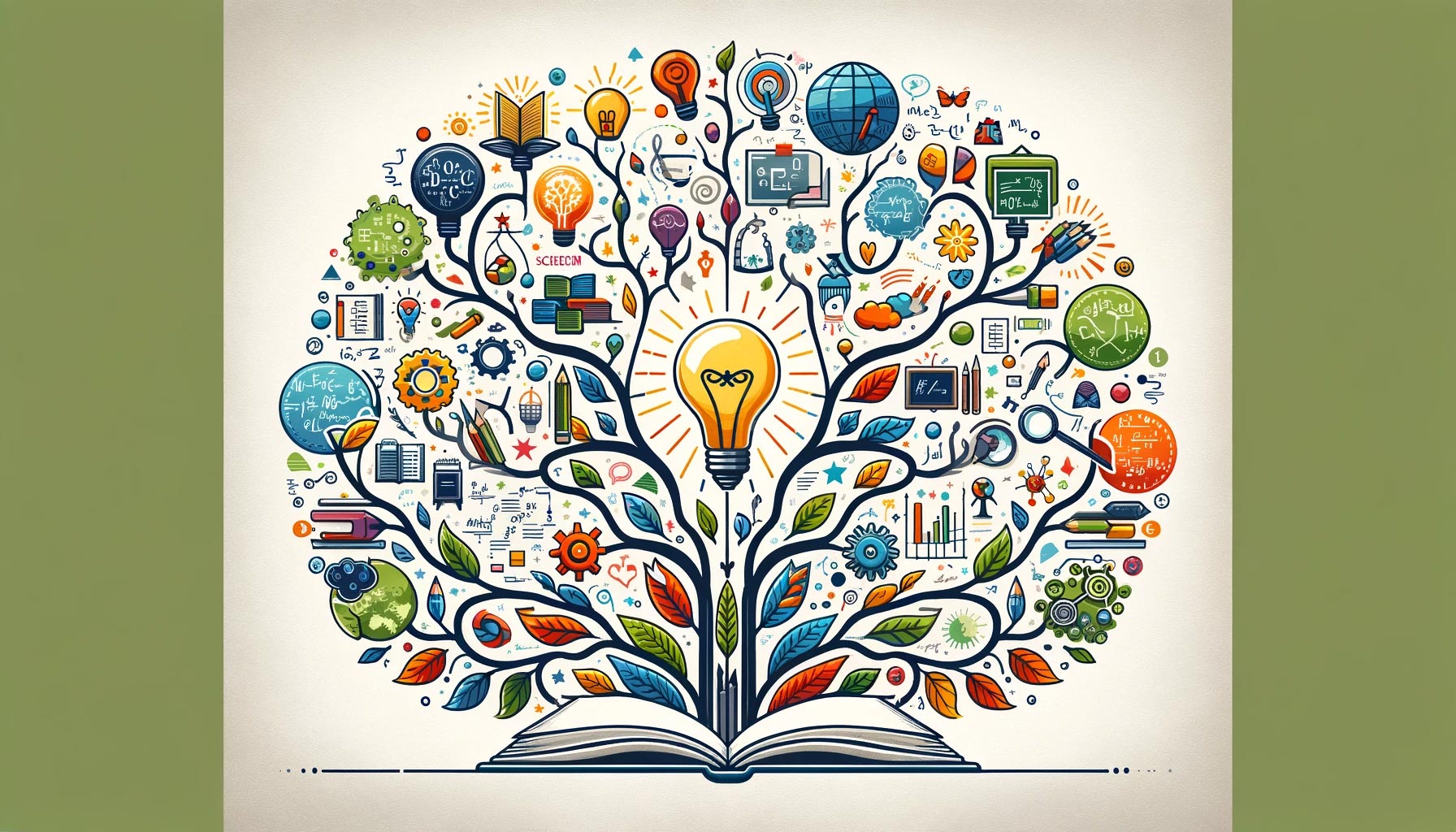
Maximizing Study Efficiency: Mind Mapping for Students
In the quest for effective study techniques, mind mapping emerges as a powerful tool that transcends traditional note-taking and linear text analysis. This comprehensive exploration dives into the essence of mind mapping, its benefits, and its implementation in educational settings. By bridging cognitive development theories with practical applications, we aim to shed light on how this visual learning strategy enhances memory, creativity, and understanding among students of all ages.
Understanding Mind Mapping
Mind mapping is a visual organization strategy that mirrors the brain's natural inclination towards imagery. It is a method where a central idea is placed at the center of a diagram, from which related ideas branch out. This creates a sprawling network of concepts that are easy to navigate and understand at a glance. Unlike linear notes, mind maps engage both the right and left hemispheres of the brain, fostering creative thinking and analytical processes simultaneously.
The Psychological Foundation
Research in cognitive psychology underscores the effectiveness of mind mapping as a tool for enhancing memory retention and recall. The use of colors, symbols, and images in mind maps stimulates the brain's visual processing abilities, making information more memorable. Moreover, organizing facts and ideas hierarchically within a mind map aligns with the brain's natural way of structuring knowledge, thereby improving comprehension and retrieval of information.
Comparative Analysis with Traditional Study Techniques
While traditional note-taking and linear texts have dominated educational practices, mind mapping offers a more dynamic approach. Studies comparing these methods reveal that mind mapping not only aids in faster comprehension of complex subjects but also enhances long-term retention of information. Unlike linear notes, which may promote passive reading, mind mapping encourages active engagement with material, making it an invaluable study aid.
Benefits Across Learning Styles
Mind mapping is universally beneficial, catering to diverse learning styles:
- Visual learners thrive on the diagrammatic representation of information.
- Auditory learners can benefit by verbalizing the connections as they map them.
- Kinesthetic learners engage through the physical act of drawing the maps. This versatility underscores mind mapping's utility as a multifaceted educational tool, adaptable to individual student needs.
Practical Tips for Effective Mind Maps
Creating impactful mind maps involves more than just drawing branches. Here are some tips to maximize their effectiveness:
- Start with a Central Idea: Place the main subject or concept in the center of your map.
- Use Branches for Related Ideas: Draw branches outward from the central idea, adding subtopics and details as you go.
- Incorporate Colors and Images: These enhance memorability and help differentiate between themes.
- Employ Keywords: Instead of long sentences, use keywords or short phrases to keep the map clear and concise.
Tools and Resources
Several digital tools and resources have emerged to facilitate mind mapping:
- Software applications like MindMeister, XMind, and Coggle offer user-friendly platforms for creating, storing, and sharing mind maps.
- Templates and examples available online can provide inspiration and guidance for beginners.
Case Studies and Testimonials
Real-world applications of mind mapping in educational contexts provide compelling evidence of its benefits. Students report greater enjoyment and engagement with their studies, while educators observe improved performance on assessments and assignments. Specific case studies highlight significant improvements in project planning, essay writing, and exam preparation, illustrating mind mapping's role in fostering a deeper understanding and retention of material.
Implementing Mind Mapping in Your Study Routine
To incorporate mind mapping into your study routine, begin with simpler concepts and gradually tackle more complex subjects as you become comfortable with the technique. Experiment with different formats and tools to find what works best for you. Remember, the goal is to make learning an active, engaging process that caters to your unique cognitive style. With practice, mind mapping will become an indispensable part of your educational toolkit, enhancing both your academic performance and your love for learning.
Conclusion
Mind mapping stands out as a superior study technique, aligning with modern educational demands for skills in critical thinking, creativity, and information management. By leveraging visual learning aids, mind mapping not only aids cognitive development but also equips students with the tools for effective brainstorming and knowledge integration. As we embrace more visual and interactive learning strategies, mind mapping will undoubtedly continue to play a pivotal role in educational success.
In summary, the adoption of mind-mapping techniques can transform the study habits of students, making learning a more engaging, efficient, and enjoyable process. Educators and parents are encouraged to promote its use, providing students with the means to explore their creativity while mastering complex subjects. With mind mapping, students are not just memorizing facts; they are constructing a framework of knowledge that will support lifelong learning and problem-solving skills.
Mental Health Life Skills

